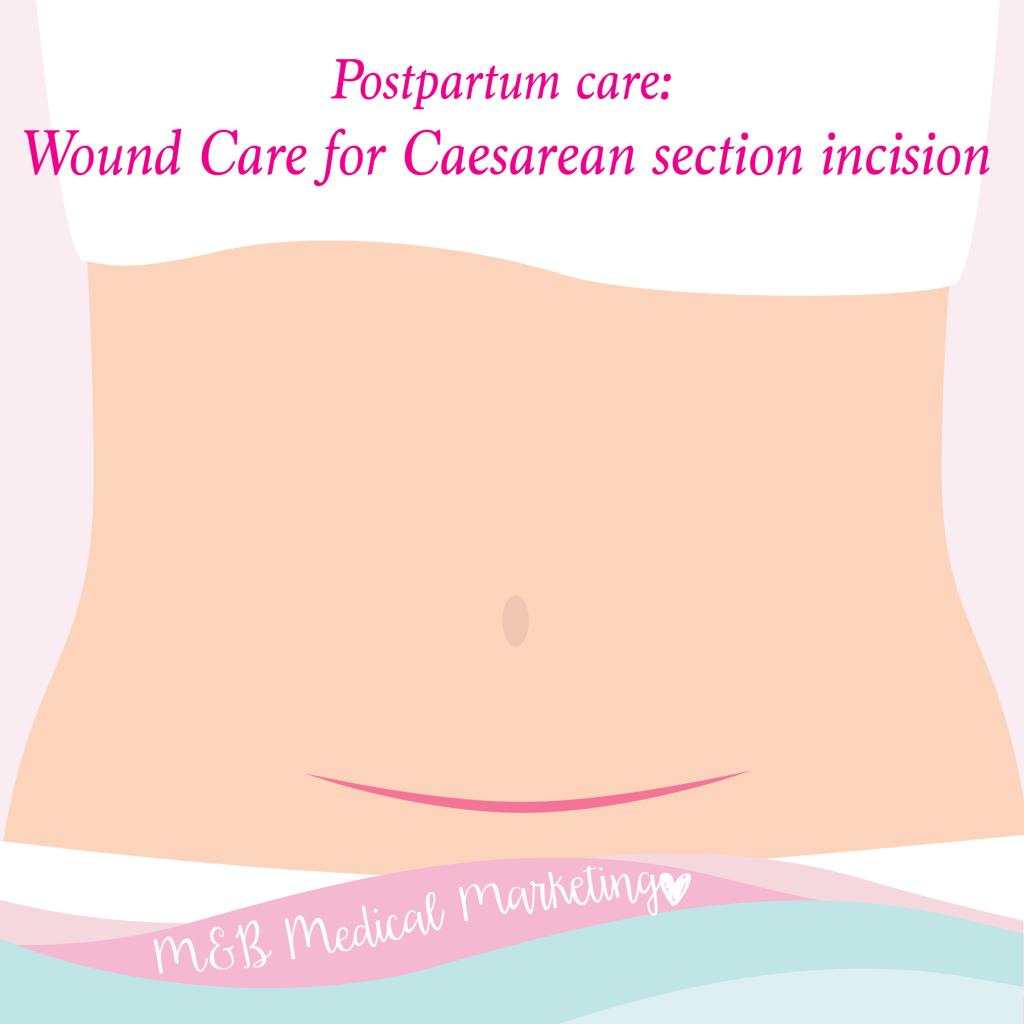ADORABLE INFANTS
POSPARTUM CARE - WOUND CARE
for Caesarean Section incision

Caesarean section incision
If you delivered your baby via Caesarean section, it is important that you take proper care of the incision and its surrounding areas. This is to ensure that it heals properly and does not get infected. Here are some tips on caring for your incision:
Do not exert yourself or do any heavy lifting for about six weeks post-delivery.
After stitching, your doctor may coat the incision with a water-proof spray. Some doctors suggest you clean the area with alcohol swabs, while others recommend that you do not apply anything on the incision. Ask your doctor which method to follow.
When showering, avoid spraying water directly onto the incision. Do not scrub the area. Pat the incision area dry with a towel or soft cloth.
Keep the incision area clean and airy – avoid tight/restrictive clothing.
As the incision heals, there is a tendency for it to itch, but resist the urge to scratch.
Keep an eye out for signs of infection – pus, bleeding, swelling, tenderness, warmth, redness, skin separation and fever.
Episiotomy or tear
If you delivered your baby vaginally, you may have a tear, or the doctor may have made an incision between the vagina and rectum (episiotomy).
An episiotomy is done to enlarge the vaginal opening and prevent damage to the vagina should the baby be larger than the vagina can stretch. The tissue around the incision should take about six weeks to heal. In the meantime, the following measures should help you deal with the tenderness and discomfort:
- Keep the area clean – this is very important.
- When urinating or passing motion, squatting over the toilet may be more comfortable than sitting. Use a squirt bottle to rinse the incision area and pat dry. You may want to run warm water over the area while urinating to reduce the sting.
- Passing motion can be painful due
to the stretching of the surrounding tissues. To avoid this, press a clean pad upwards against the stitches while you bear down. - There are perineal pads available. They are placed between the wound and a sanitary pad, and are soothing for the affected area.
- Look out for potential infections. Consult your doctor if the area is hot, swollen, red or oozing, or if you have a fever.
